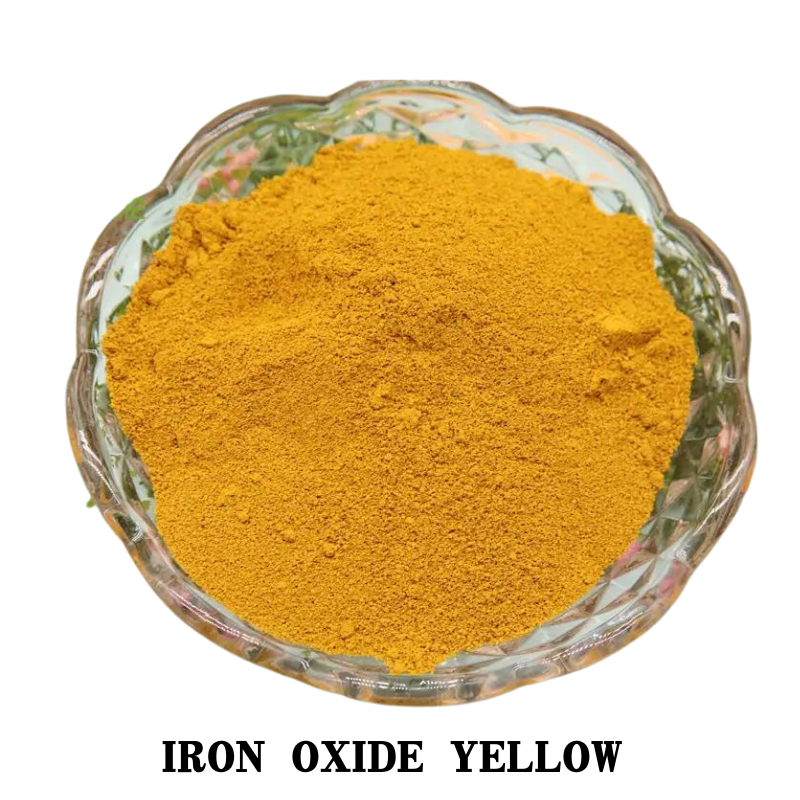
slag fly ash
The Role of Slag and Fly Ash in Sustainable Construction
In the quest for sustainable construction practices, the use of industrial by-products such as slag and fly ash has garnered significant attention. These materials not only enhance the properties of concrete but also contribute to environmental conservation by recycling waste products.
What are Slag and Fly Ash?
Slag is a by-product generated during the iron and steel manufacturing process, primarily derived from the smelting of iron ores. It has pozzolanic properties, meaning it can react with calcium hydroxide in the presence of water to form compounds that improve the strength and durability of concrete.
The Role of Slag and Fly Ash in Sustainable Construction
Environmental Benefits
slag fly ash

One of the most significant advantages of using slag and fly ash is their positive environmental impact. By utilizing these materials, the construction industry can reduce the reliance on virgin materials, thereby conserving natural resources. Furthermore, the use of these by-products reduces the amount of waste sent to landfills, addressing the growing concern of waste management in industrial processes.
From a carbon footprint perspective, the production of Portland cement is a major contributor to global CO2 emissions. By substituting a portion of cement with slag or fly ash, the overall carbon emissions associated with concrete production can be significantly lowered. This makes the construction sector more aligned with global sustainability goals.
Performance Enhancement
In addition to their environmental benefits, the integration of slag and fly ash into concrete brings about improved mechanical properties. Concrete containing these materials often exhibits better resistance to sulfate attacks and reduced permeability, which is crucial for structures exposed to harsh environmental conditions. The slow hydration characteristics of these pozzolanic materials also lead to enhanced long-term strength gains, making them a preferred choice for durable construction.
Conclusion
The incorporation of slag and fly ash into concrete mixes represents a significant advancement in sustainable construction practices. By recycling industrial by-products, the industry can reduce waste and lower carbon emissions while simultaneously enhancing the performance of concrete. As the construction sector continues to evolve towards more sustainable methods, the use of slag and fly ash will undoubtedly play a critical role in shaping the future of building materials. Adopting these practices is not just a trend but a necessity for a more sustainable and environmentally friendly construction landscape.
Share
-
Premium Pigment Supplier Custom Solutions & Bulk OrdersNewsMay.30,2025
-
Top China Slag Fly Ash Manufacturer OEM Factory SolutionsNewsMay.30,2025
-
Natural Lava Rock & Pumice for Landscaping Durable Volcanic SolutionsNewsMay.30,2025
-
Custom Micro Silica Fume Powder Manufacturers High-Purity SolutionsNewsMay.29,2025
-
Custom Mica Powder Pigment Manufacturers Vibrant Colors & Bulk OrdersNewsMay.29,2025
-
Custom Micro Silica Fume Powder Manufacturers Premium QualityNewsMay.29,2025






